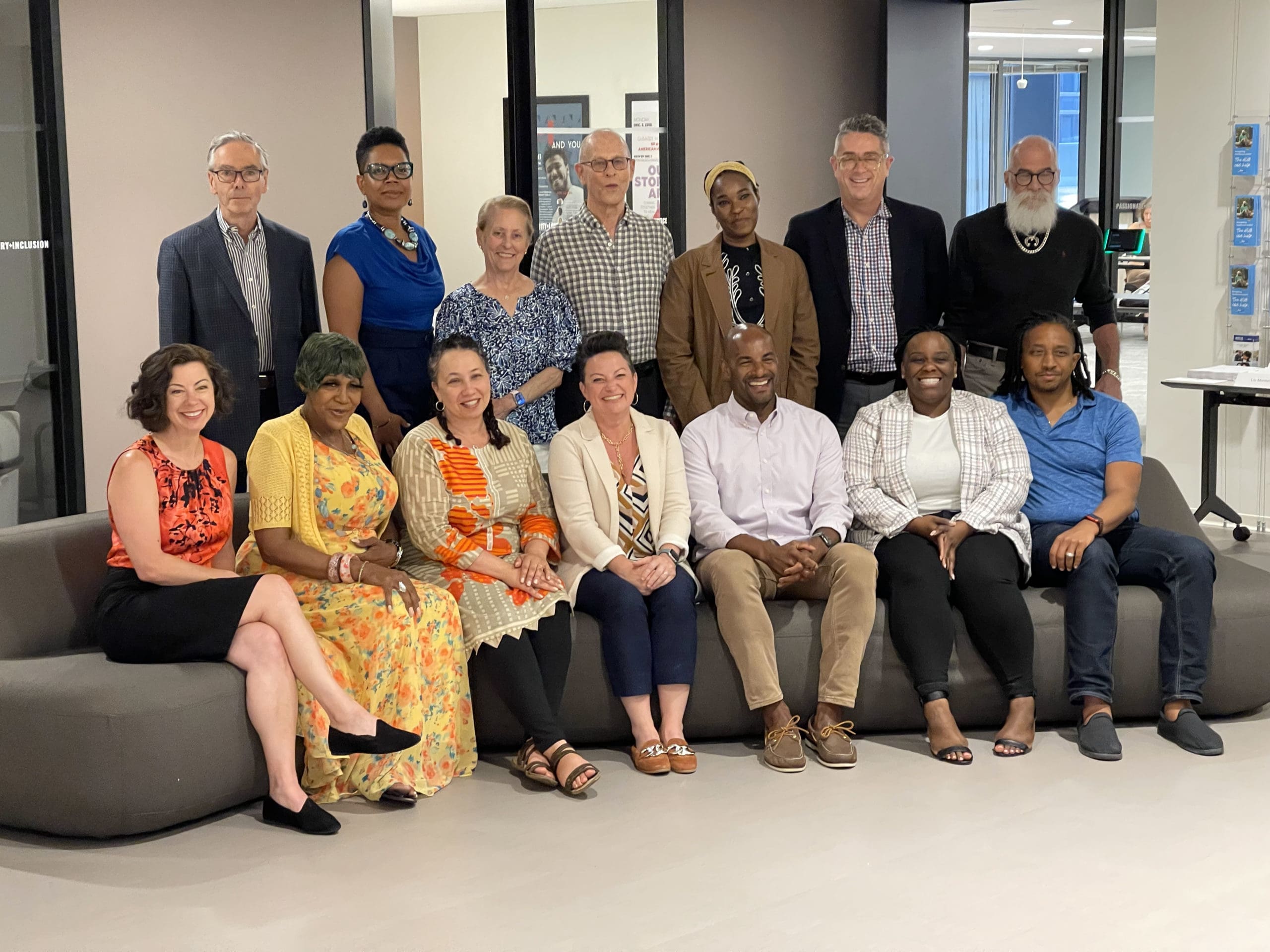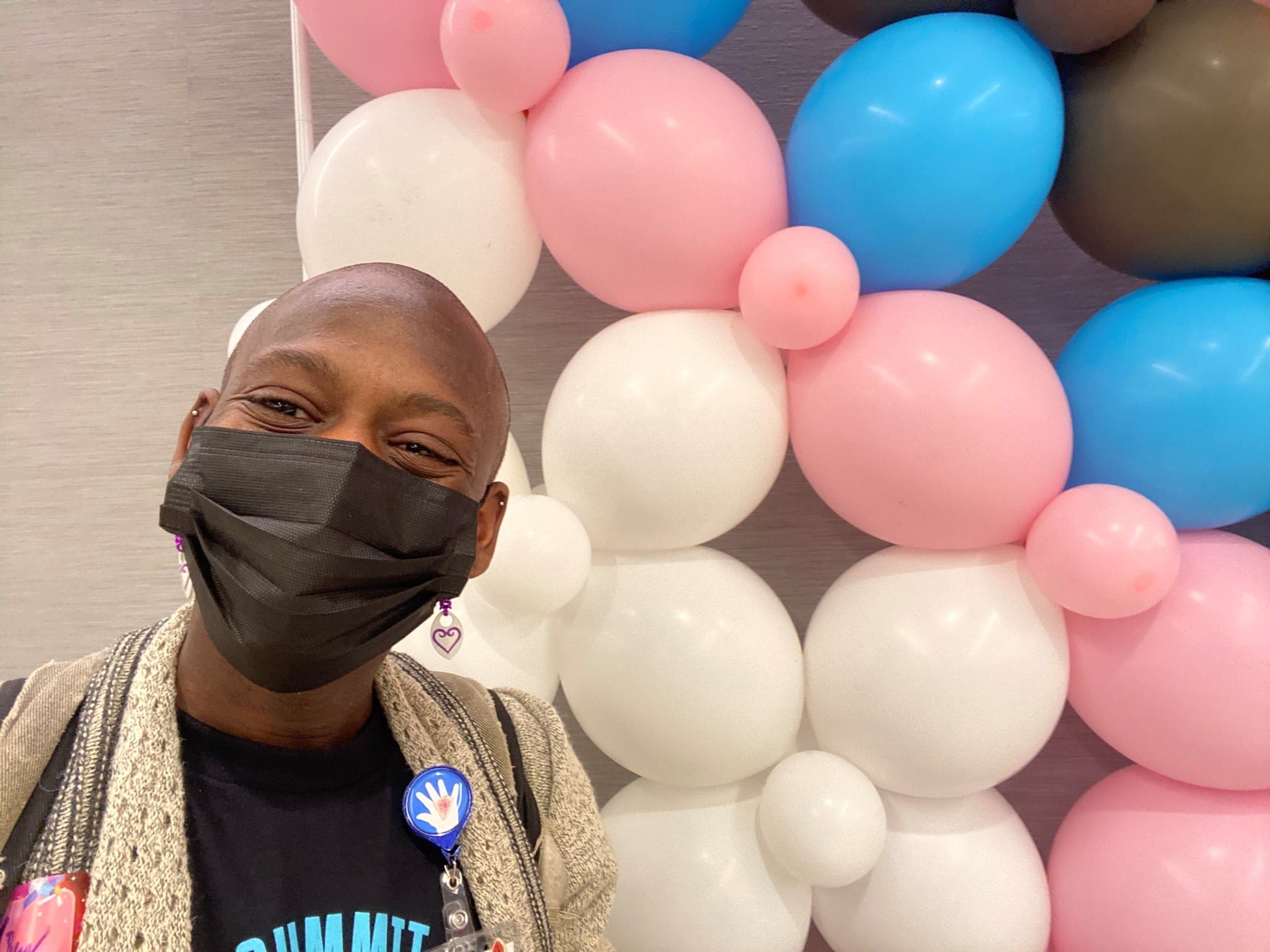Resetting the timeline and narrative around the HIV Epidemic
In the annals of medical history, certain names echo loudly, while others remain shrouded in obscurity, their stories consigned to the forgotten corners of collective memory. This is particularly true for the stories of Black Americans, much like the Tuskegee Experiments or Henrietta Lacks, whose stories went untold but whose importance and impact to medical history is invaluable. One such overlooked figure is Robert Rayford, whose life and death offers profound insight into the social climate and timeline surrounding the origins of the HIV/AIDS epidemic in the United States. A young Black man who never left the Midwest, Rayford died in 1969 of a mysterious illness that would later be understood as related to complications from AIDS. His eventual demise from pneumonia, an AIDS-related illness, occurred fifty-five years ago this month. So why does the generally accepted timeline of HIV/AIDS begin not in the Midwest with him, but instead in 1981, in coastal cities among gay white men?
The Shrouded Life of Robert Rayford
His name was Robert Rayford, known to some as Robbie or Bobby. He was born on February 3, 1953, and died on May 15, 1969, some two years before the birth of another midwestern child named Ryan White, whose story would later grip the attention of the nation for the same illness years later. Shy, introverted, and perhaps intellectually disabled, Rayford hailed from the impoverished streets of North St. Louis, a neighborhood characterized by its predominantly Black population and systemic neglect by city authorities.
There’s limited information available about his life except for the knowledge that he resided with his mother, Constance, and his brother, George, in a home on Delmar Boulevard—a street recognized today as a significant boundary between affluent white inhabitants and underprivileged Black communities within the city. Rayford entered a world shaped by racial segregation, financial struggles, and the deterioration of urban areas. His childhood was characterized by challenges and difficulties stemming from these circumstances.
Set against the backdrop of North St. Louis during the 1950s and 60s, Robert Rayford’s childhood unfolded in a landscape scarred by tumultuous waves of “urban renewal.” Once-thriving neighborhoods stood as desolate reminders of a bygone era. Fear and alienation in these communities were exacerbated by the heavy-handed tactics of the St. Louis police force. Viewing the community through a lens of suspicion, law enforcement adopted counterinsurgency measures that treated Black residents as adversaries, not allies.
Rayford was hospitalized in 1968 with symptoms that foreshadowed the AIDS epidemic to come: swelling, fatigue, and shortness of breath. Initially diagnosed with a systemic case of chlamydia, Rayford’s immune system was notably compromised, failing to combat the infection effectively. Decades later, archival testing of Rayford’s blood and tissues confirmed the presence of HIV, confirming him to be the first documented death from AIDS-related illness in the U.S.
A Tragic Enigma Unfolds
Medical staff treating Rayford diagnosed sexually transmitted infections riddling his body, and deduced that, though young, he was sexually active. It was speculated that his illness may have been the result of a life as a sex worker. Most early accounts of Rayford seem to forget that he was a human being. One of the physicians closely involved in this case, Dr. Marlys Hearst Witte, a professor of surgery at the University of Arizona, noted, “We knew from the beginning that he wouldn’t let us do a rectal examination on him. We knew that he had severe proctitis and genital edema, which is an unusual problem in a 14-year-old boy.” He had Kaposi’s sarcoma of the rectum and anus at autopsy, which is an uncommon location for the tumor. “…I would say that seemed rather likely. He might have been a male prostitute. He most definitely resided in a setting that made that possible…”
What doctors at the time hadn’t considered was that this 14-year-old “boy” may have been the victim of sexual abuse. There were no indications of drug usage in Robert Rayford’s autopsy. It did, however, imply that his diseases resulted from sex. He may have gotten the illness from his grandfather.
Most of what we know about Robert Rayford’s family history is primarily derived from Census records and death certificates. Percy Rayford, the grandfather of Robert Rayford, passed away in March 1966. Percy shared the same symptoms as Robert. Sadie Rayford, Robert’s grandmother, passed away at Homer G. Phillips Hospital approximately eight months after Percy of the same mysterious illness, displaying similar symptoms to her husband and grandson. In 1968, Robert Rayford checked himself into City Hospital two years after he began exhibiting symptoms.
According to a May 2014 article by Al Hunter, titled: Robert Rayford: America’s First AIDS Victim:
“By March 1969 the patient’s symptoms returned with a vengeance and his condition steadily deteriorated. He had increased difficulty breathing, and his white blood cell count plummeted. The doctors determined that his immune system was shutting down. By all accounts, this uneducated street kid maintained his dignity in the face of inevitable demise. In the words of Dr. Memory Elvin-Lewis, who attended to him during his final days, “He barely said ‘boo.’” Finally, he developed a raging fever and at 11:20 p.m. on May 15, 1969 Robert Rayford died, never knowing of his place in history.”
Rayford’s health began to deteriorate rapidly, his once vibrant spirit eclipsed by a mysterious illness that would ultimately claim his life. Suffering from pelvic and testicular swelling, difficulty breathing, and a plethora of sores and lesions, Rayford’s condition perplexed medical professionals at St. Louis City Hospital.
Despite the exhaustive efforts of doctors and specialists, Rayford’s illness remained a puzzle, defying diagnosis and treatment. His cells were preserved in cold storage, and it wasn’t until two decades later, amidst the emergence of the AIDS epidemic, that Rayford’s story would resurface with newfound urgency and relevance.
As the AIDS epidemic cast a shadow over the nation, Rayford’s case took on renewed significance, offering a glimpse into the early origins of a virus that would come to define an era. In a stunning revelation, tissue samples from Rayford’s body tested positive for HIV in 1987, prompting speculation about this midwestern teen.
Urban Renewal and Racial Injustice
Rayford’s legacy is intertwined with that of urban renewal and racial injustice that defined the landscape of North St. Louis in the 1950s and 60s. Displaced by misguided redevelopment schemes and subjected to the ravages of structural violence, Rayford’s community bore the brunt of policies that prioritized profit over people, displaced families, and eroded the social fabric of neighborhoods already besieged by poverty and neglect.
The repercussions of urban renewal extended beyond physical destruction, also fraying at the fabric of community life and what we now call the social determinants of health. When longtime residents are displaced because of gentrification, they experience a trauma similar to uprooted plants—a phenomenon psychiatrist and professor Dr. Mindy Fullilove calls “root shock.” The trauma and displacement wrought by urban renewal policies left scars that ran deep, rendering individuals and communities more susceptible to chronic illnesses, including HIV/AIDS. As researchers have noted, exposure to trauma correlates with increased vulnerability to HIV, highlighting the interconnectedness of social, economic, and health disparities within marginalized communities. This has left Black communities disproportionately burdened by the devastating impact of HIV/AIDS, a disease that remains intricately linked to poverty and structural inequality.
In a quote taken from a 1987 article published in the Chicago Tribune, titled: Case Shakes Theory on AIDS Origin Rayford is described as:
“…the typical 15-year-old who is not going to talk to adults, especially when I`m white and he`s black,” said Dr. Memory Elvin-Lewis, a microbiologist at Washington University in St. Louis who followed Robert`s decline for more than a year. “He was not a communicative individual. He knew the minute I walked into the room that I wanted something more from him-more blood, more lymph fluid, more something.”
Between extractions and injections, Robert did tell his doctors a few key facts: that he had been born in St. Louis and had never traveled outside the Middle West, much less the country. Nor, he said, had he ever received a blood transfusion.
As we reflect on the life and legacy of Robert Rayford, we are confronted with the enduring legacy of structural violence that continues to shape the health and well-being of communities across America. From the corridors of power to the corridors of poverty, the echoes of injustice reverberate, reminding us of the urgent imperative to confront systemic inequities and strive for a future where every life is valued and every voice heard.
Reframing the Narrative
By 1987, the figure associated with HIV’s origins came to be a French-Canadian flight attendant named Gaetan Dugas. He was heavily criticized in journalist Randy Shilts‘s book detailing the early stages of the outbreak, “And The Band Played On.” Shilts depicted Dugas as a highly promiscuous individual and labeled him a “sociopath” who purportedly transmitted the virus extensively across the nation.
The prevailing narrative of the HIV/AIDS epidemic begins with the experiences of white gay men in coastal cities, in June of 1981, yet Rayford’s story challenges this narrow depiction. Born and raised in the heartland of America, far removed from the cosmopolitan urban centers typically associated with the epidemic’s onset, Rayford’s case compels us to reconsider our understanding of the virus’s origins. Rather than viewing the Midwest as a mere footnote in the chronicles of AIDS history, Rayford’s tale positions the region as a crucible of intersecting forces—racial inequality, urban disinvestment, and social marginalization in a rapidly globalizing world—that laid the groundwork for the epidemic’s emergence. If we genuinely aim to halt HIV transmission, we must address its disproportionate effects on communities of color. We need to highlight the stories of individuals like Rayford and countless others to shed light on this issue.
Rayford’s story also lays bare the insidious impact of race and racism on healthcare outcomes, particularly for marginalized communities.
As a young Black man navigating a healthcare system rife with systemic biases and disparities, Rayford faced formidable barriers to accurate diagnosis and treatment. His experiences underscore the urgent need to address the pervasive inequalities that continue to shape access to healthcare and exacerbate health disparities among communities of color.
Remembering Robert Rayford
In a world where names are too often reduced to statistics and stories fade into silence, Robert Rayford’s memory endures as a testament to the resilience of the human spirit and the indomitable quest for truth in the face of adversity. Though his story has been submerged for too long, it speaks volumes, challenging us to confront the injustices that continue to shape our world, and inspiring us to strive for a future where every life, story, and legacy is honored. AFC honors Robert Rayford and his story. We seek to correct the narrative and breathe new life into his tragic story.
Earnest Hemingway once wrote: “Every man has two deaths, when he is buried in the ground and the last time someone says his name. In some ways men can be immortal.” May we never forget the circumstances that Robert Rayford came from as we attempt to correct the narrative of the HIV epidemic, may we continue to remember his life and honor his legacy, and may we never forget to say his name, Robert Rayford.




